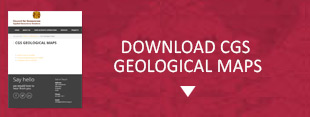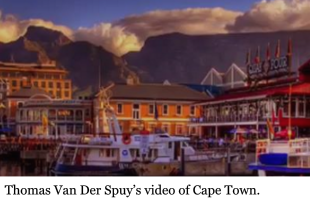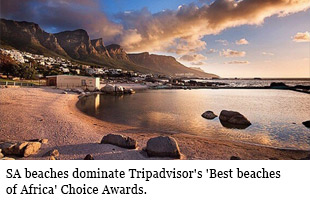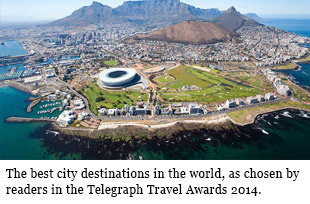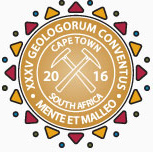
35TH INTERNATIONAL GEOLOGICAL CONGRESS
27 AUGUST - 4 SEPTEMBER 2016 | CAPE TOWN, SOUTH AFRICA
Sponsors



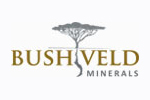


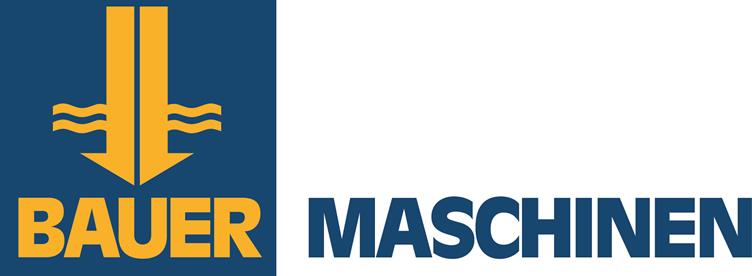










35 IGC SAGPGF





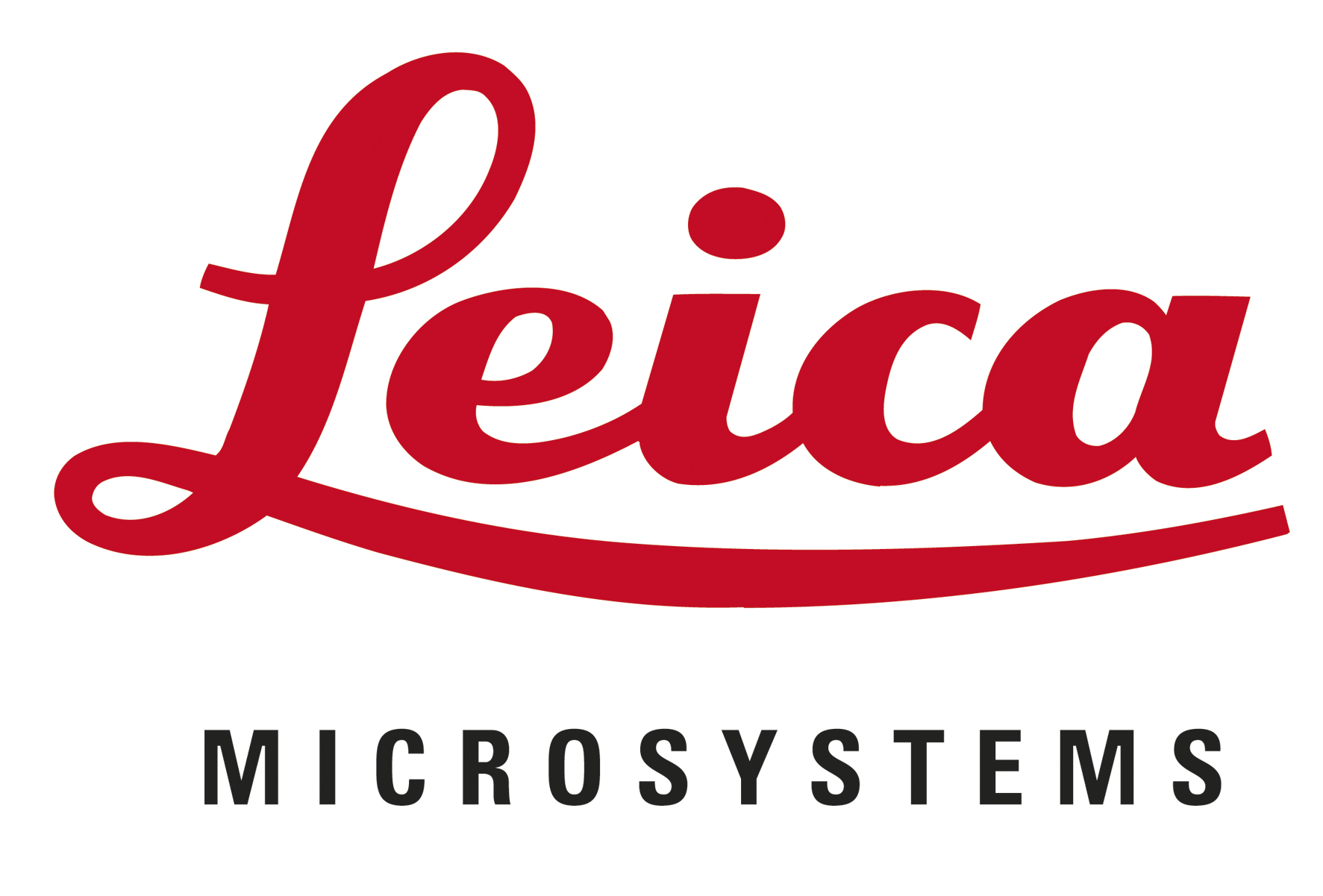
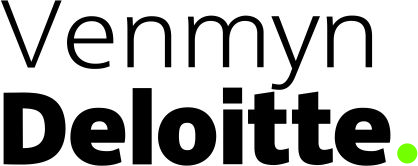
35TH INTERNATIONAL GEOLOGICAL CONGRESS
27 AUGUST - 4 SEPTEMBER 2016 | CAPE TOWN, SOUTH AFRICA
My IGC
Pre 7: Eastern Limb of the Bushveld Complex, August 2016
The group of 32 geologists representing approximately a dozen countries and six continents commenced the six-day field excursion to the Eastern Limb of the Bushveld Complex on 22nd August. Despite blustery conditions and a dust-laden sky for the first two days, the remaining four days yielded near perfect field conditions. The excursion was focussed on examining all five zones of the Rustenburg Layered Suite (RLS), together with the floor and roof rocks and associated sills. The principle emphasis, however, was directed at the intricately layered Critical Zone and the economically mineralized chromitite and PGE reefs.
Of the many highlights of the excursion, the visit organized by Bennie Cilliers, Jacolene De Klerk, and Sifiso Mthethwa at the Marula Mine (Impala Platinum) to the old workings on the Merensky Reef at Winnaarshoek, as well as examining sections in the core shed was probably the most abiding memory (Figure 1). The visit to the open pit of the De Grooteboom chromite mine, organized and supported by Casper Van Wyk a principal of the company, as well as Moose Kruger who described the geology of the chromitite layers and kindly brought some representative drill-core, was also greatly enjoyed, not only for the exposures in a clean face but also for the cessation of operations during our visit. The support from Wimpie Britz and Nkateko Machumele at Modikwe Mine who assisted and guided us with visits to the UG3 at Maandagshoek, the Onverwacht Pipe, and drill-core sections of the UG2 at the mine core shed is also gratefully acknowledged. The IGC committee and the excursion leader (RNS) express our gratitude to the above as well as to all the staff at Gethlane Lodge where we were extremely well looked after for all six nights, to the drivers, Johannes Khumalo and Simon Netshipise who negotiated some difficult off-road driving with the Springbok Atlas buses (Figure 2), and also to Gail Theron of Grosvenor Travel. RNS would personally like to thank all the delegates who made the experience so rewarding and particularly for the barrage of questions that kept me on my toes.
DAY 1: After the pickup at ORT, the participants enjoyed the views of one of the other great minerals fields of South Africa with headgears, old sand dumps and slimes dams associated with gold mining on the Witwatersrand Supergroup (2.8 Ga) visible on the eastern outskirts of Johannesburg. The occurrence of some of the world’s most extensive coal fields on the high interior plateau (elevations of 1700-1800 m) in the vicinity of Witbank, where most of the electricity generated in South Africa is obtained from generating stations linked to mines located on near-horizontal Permian strata was also discussed. The route north of Middleburg also exposed the group to sites of many of the huge plants that upgrade and process Bushveld ores, e.g., ferrochrome, high grade chromium-steel, pig iron, and vanadium. Felsites of the Rooiberg Group, a significant component of the roof rocks to the RLS were examined in road cuttings at Loskop Dam. Views of the Tauteshoogte Escarpment (Upper Zone and a capping of felsite) Rooiberg Group and the long drive along the Steelpoort Valley provided the first experience to many of the rugged scenery and immense size of the Eastern Limb. The final part of the drive to Gethlane Lodge, our base for all six days, involved skirting the rugged “Burgersfort Bulge”, prior to cutting across hornfels of the Silverton Formation.
DAY 2: The entire day was spent in the Northern Sector where participants were introduce to the importance of recognizing structural complexities including occurrence of the Lower Zone in discrete subchambers. Stops were made to examine sills of micropyroxenite (syn-Bushveld), amphibolite (pre-Bushveld) and peridotite, as described and defined by Martin Sharpe in his 1982 guidebook and articles, as well as the classic migmatite in the contact zone at Hendriksplaats (Figure 3). The long drive northward along the R37 provided extensive views of the classic layering of the Critical Zone with mine workings, at Mooihoek and Groothoek, for example, associated with the LG6 chromitite layer. Due to security issue the famous Olifants River traverse could not be undertaken; the Lower Zone, including magnesite veins in a layer of dunite and olivine-bearing bronzitite was examined at Mecklenburg (Figure 4). The highlight of the afternoon was a visit to the Mooihoek Pipe, the first economic discovery of PGE in South Africa (made by Hans Merensky in 1924). The weathered dunite (or birbirite) is enclosed by a far larger and more irregular rim of much darker wehrlite and clinopyroxenite pegmatite, the latter including downward-tapering apophyses indicative of magmatic replacement (scalloped contacts) of the leuconorite wall rocks. The term magmatic replacement, possibly originally coined by Percy Wagner (1929) was subjected to considerable debate and appears not to be generally accepted.
DAY 3: The first stop in a traverse of the Southern Sector was at De Grooteboom, at the crest of the Dwarsriver Pass where an exposure of Marginal Zone migmatite (fine-grained noritic and micropyroxenite) with disharmonic folds and xenoliths of calc-silicates encouraged considerable debate (Figure 5). A visit to the De Grooteboom Mine, operated by the Boulder Group, where the MG chromitite layers are exploited from an open pit was greatly appreciated. The three chromitite layers primarily being extracted, MG1 (Cr2O3: 41.9%; Cr/Fe: 1.553), MG2 (Cr2O3: 40.3%; Cr/Fe: 1.365), and MG3 Cr2O3: 35.9%; Cr/Fe: 1.312), together with the subordinate MG4 (Cr2O3: 31.5%; Cr/Fe: 1.196) - whole-rock analyses provided by the mine – contain substantial PGE that may in the future be produced from concentrates. The closure of the one pit for the duration of our visit provided a unique opportunity to not only examine the superb layering but also sample the chromitite seams in situ. The pit included a face in which the MG1, MG2, and MG3 chromitite layers were exposed together with a downward-tapering, discordant body of iron-rich ultramafic pegmatite (IRUP) (Figure 6). The IRUPs are associated with dense, iron-rich melts derived from within the RLS that drained downward and replaced earlier-formed cumulate layers. In this area of the Eastern Limb, many of the IRUPs, such as the example observed in the open pit, have probably drained downward (exploiting syn-Bushveld structures) from giant sheet-like bodies that cap the flat-topped hills.
The favourite lunch stop of the excursion was, predictably, the Dwarsrivier National Monument, one of the most famous geological localities in South Africa (Figure 7). The exposure of the thick UG1 chromitite layer together with the thin, bifurcating layers that penetrate the anorthosite footwall is remarkable. The main layer is thickest in the southern part of the exposure (west of river) and can be seen to initiate the bifurcation by the presence of a thin wedge of anorthosite that creates two layers of approximately equal thickness. The upper layer remains intact, but the lower layer divides, initially into two relatively thick layers, then repeatedly bifurcates into more and more, and thinner and thinner, layers and stringers. Most of the bifurcation is seen to occur in a northward direction although some layers and stringers also rejoin the primary layer. The thin chromitite stringers reveal evidence of both brittle and ductile deformation, the latter suggesting migration of interstitial melt. Other features of note are partially-resorbed xenoliths of anorthosite within the chromitite and dendritic-shaped mottles of pyroxene in the anorthosite (Figure 8). A hypothesis of injection of chromite-charged magma accompanied by a major seismic event to produce syn-deformational features triggered considerable debate. The origin of the dendritic mottles due to partial (disequilibrium) melting of the anorthosite as described in a 1998 article by Andrew Mitchell also provoked some lively exchanges of views.
The afternoon was completed with a brief visit to the Kennedy’s Vale locality to examine the massive vanadiferous Ti-magnetite ore with this unusual, zoned discordant body, as well as field exposures of a pipe-like body of IRUP at Spitskop. The IRUP forms a small, rounded hill, which together with the red soil and abundant magnetite float is characteristic of these resistant rocks.
DAY 4: The day included a traverse of the UG3 chromitite at Maandagshoek, a classic example of the unusual layering that characterizes the upper part of the Critical Zone, e.g. anorthosite (footwall), chromitite, and feldspathic orthopyroxenite (hangingwall), as well as an opportunity to example drill-core sections of the UG2 Reef at the Modikwe Mine, a joint venture between African Rainbow and Anglo Platinum. The afternoon was spent walking traverses of the Onverwacht Pipe, one of only four PGE-rich pipes ever located. The semi-concentric zoning of a large, irregular body of magnesian dunite (Fo83-82), an outer unit envelope of harzburgite, and a core-zone of hortonolite dunite and wehrlite pegmatite (Fo50-44) was appreciated by all. The site of the glory hole with the prominent magnesite veins forming a reticulate pattern defining primary joints in the magnesian dunite as well as the small protuberances and veins of hortonolite dunite and wehrlite pegmatite is as spectacular as ever (Figure 9). We also discussed the occurrence of the LG7 on the northern flanks of the pipe where the chromitite can be seen to be disrupted and the orthopyroxenite wall rocks converted to harzburgite.
DAY 5: The entire day was spent under the hospitality of Bennie Cilliers and his team at the Modikwe Mine of Impala Platinum. The old workings on the Merensky Reef at Winnaarshoek were developed by Hans Merensky’ Lydenburg Platinum Ltd in 1925 and refurbished by Platexco Inc. in 1997 (Figure 10). The Merensky Reef in this area is constrained to a section of feldspathic orthopyroxenite that averages 2-3 m in thickness with two chromitite stringers located 1.8 m apart. The three styles of reef identified in the 2007 article by Andrew Mitchell and RNS were examined in channel samples spaced at 5 m intervals along a drive. Despite the gross relative uniformity on a property-wide scale, channel samples display remarkable variations in petrology, mineralogy and grade distribution. These features are reconciled with a hypothesis whereby the “Reef” formed through a sequence of sill-like injections of new magmas into a partially crystalline substrate, an explanation that is consistent with the irregular nature of the hangingwall contact and the bimodal nature of the unit i.e. the occurrence of a basal component of pyroxenite and an upper of anorthosite with no evidence of fractional crystallization. These observations were supported by a surface traverse along the superb outcrop where field relationships are particularly compelling.
The lunch stop in the core shed at the Marula was greatly appreciated as the mine provided an excellent picnic lunch and went to considerable effort to lay out sections of drill-core (Figure 1). Cores included the economically important interval that hosts the Merensky and UG2 Reefs but also long stratigraphic sections of the Critical Zone (LG1 through MG4 chromitite layers), the entire Main Zone – including some of the remarkably-complex anorthosite marker layers – and a section of the Upper Zone that included most of the 25 Ti-magnetite layers found in the Eastern Limb. The group was fascinated by the complexity of the layering, and agreed that the Upper Critical Zone in particular is a unique sequence that is still poorly understood. The day was completed with a drive into the Tsate Valley to examine exposures of gabbro from the Lower Main Zone – including views of the Main Mottled anorthosite, which crops out as prominent slabs in the hill faces – and a visit to the Memorial to commemorate the battle of Sekhukhune in 1879 (Figure 11).
DAY 6: The final day was spent examining exposures of the Upper Zone at Magnet Heights, to the west of the old Steel Bridge. The Main Magnetite layer is exposed in a number or rock pavements and ledges carved out by a tributary of the Steelpoort River (Figure12). The average thickness of this layer is 2 m and the V2O5content is typically 1.8%. The massive nature is clearly apparent although textural features are emphasized on weathered surfaces. The Ti-magnetite is coarsely crystalline due to annealing and expulsion of interstitial material and exsolved grains of ilmenite and ulvospinel are etched into weathered grains. Silvery crystals of granular ilmenite and small oikocrysts of interstitial plagioclase also occur. The contact with the footwall mottled anorthosite is sharp – this layer may include disseminated base-metal sulphides – whereas that with the hangingwall anorthosite is gradational. A short traverse to examine upper layers 1-3 as well as the interlayered magnetite gabbro was also included.
by R. N. SCOON, November 2016
rnscoon@iafrica.com
 Field trips
Field trips  Sponsorship & expo
Sponsorship & expo  Registration
Registration Tours
Tours  Promotion
Promotion 














 Conference Programme
Conference Programme  Field trips
Field trips  Sponsorship & expo
Sponsorship & expo  Volunteer
Volunteer  GeoHost
GeoHost  Registration
Registration Tours
Tours  Promotion
Promotion  Publications
Publications


